According to the manufacturer's recommendation, the coolant should be replaced after two years of operation or after 60 thousand km of run, whichever comes first
In addition, if the coolant has changed color to reddish, replace it immediately, since such a change indicates that the inhibitory additives have been exhausted and the liquid has become aggressive towards the cooling system parts.
You will need: a 13 mm wrench, coolant, a clean rag, a container for draining coolant with a capacity of at least 10 liters.
Use coolants recommended by the manufacturer.
Replace the coolant only on a cold engine.
The coolant is toxic, so be careful when working with it.
When starting engine, the expansion tank cap must be closed.
Tighten the expansion tank cap tightly.
The expansion tank is under pressure when the engine is running, and therefore, if the cap is loosely tightened, coolant may leak from under it.
Place the car on a level horizontal surface.
If the surface is inclined, park the car so that its front is higher than the rear.
Remove the oil pan guard and engine splash guard (see "Removing the oil pan protection and engine mudguard Niva Chevrolet").
You don't have to remove the oil pan protection and mudguard, in this case you will have to use some kind of device to collect the drained liquid, otherwise it will inevitably spill over the area under the car.
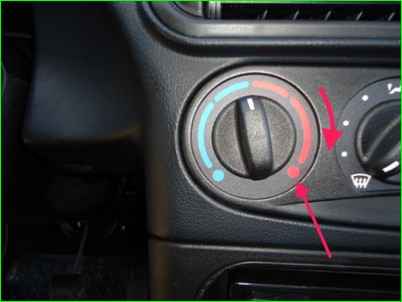
Open the heater tap by turning the tap control handle clockwise until it stops.
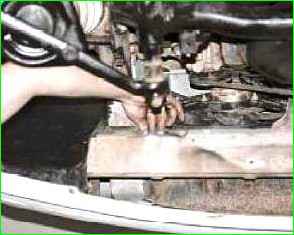
Place a container under the drain plug of the radiator of the cooling system and unscrew the plug.
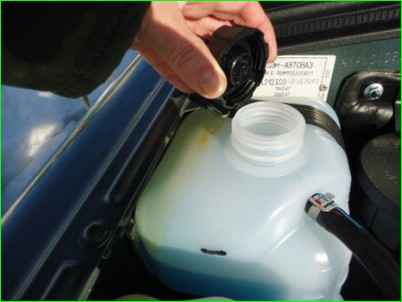
Remove the plug of the expansion tank of the cooling system by turning it counterclockwise.
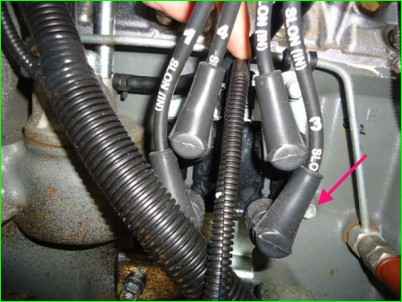
Unscrew the plug from the drain hole on the cylinder block and drain the remaining coolant from the cylinder block channels, having first placed a container under it.
Retighten the plug.
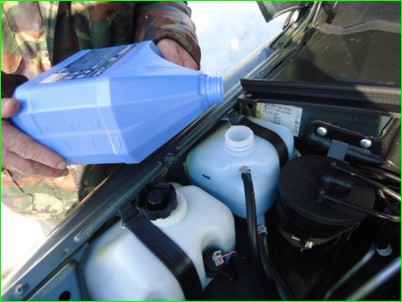
Fill the engine cooling system by pouring coolant into the expansion tank until its level is at the "MAX" mark on the tank wall.
Tighten the expansion tank cap.

To ensure that air is removed from the cooling system, disconnect the hose from the throttle assembly before filling the fluid.
When pouring fluid into the expansion tank, at the moment the fluid starts to flow out of the throttle assembly pipe put the hose on the branch pipe and tighten the hose clamp.
This is if there is such a throttle unit.
If the throttle unit has an electronic gas pedal, then this hose is not there.
After this, continue adding fluid to the norm.
For better filling of the system without air locks, periodically squeeze the radiator hoses with your hand.
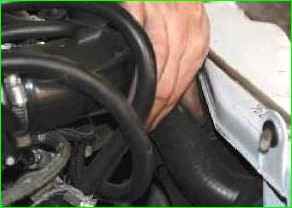
After a few days of operating the car after replacing the coolant, check its level.
If necessary add coolant.
Start the engine and let it warm up to operating temperature (before the fans turn on).
After this, stop Turn off the engine, check the coolant level and top up to the "MAX" mark if necessary.
While the engine is running, monitor the coolant temperature using the gauge.
If the arrow has reached the red zone and the fan has not turned on, turn on the heater and check what kind of air is coming through it.
If the heater is supplying heated air, then the fan is most likely faulty, and if it is cold, then an air lock has formed in the engine cooling system.
To remove it, turn off the engine, let it cool down and unscrew the cap of the expansion tank.
Start the engine, let it run for 3-5 minutes and close the cap of the expansion tank.
If after a very short time the fresh antifreeze has changed color from blue to brown, then you have poured in a fake, to which the manufacturers "forgot" to add inhibitors corrosion.
In addition, one of the signs of counterfeiting is a sharp complete discoloration of the antifreeze.
The dye of high-quality antifreeze is very stable and only darkens over time.
Antifreeze tinted with linen blue discolors. Such "antifreeze" must be replaced quickly.





